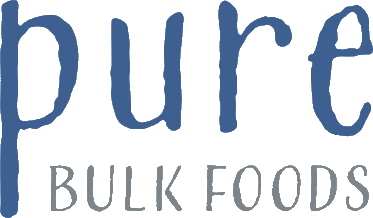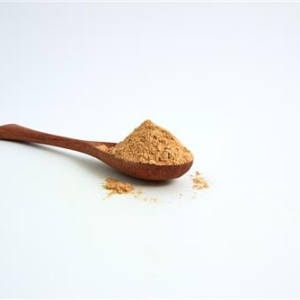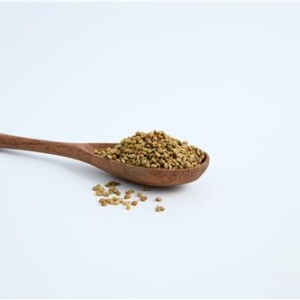Description
Natural Gelatin is a versatile product that provides collagen protein with key amino acids for tissue building, repair and gut wellbeing. Made only from sustainably produced Australian bovine. Sustainably produced Australian bovine Natural Gelatin is a versatile product that provides collagen protein with key amino acids for tissue building, repair and gut wellbeing. Made only from sustainably produced Australian bovine. Gelatin is a pure protein source, derived from collagen, containing amino acids that contribute to the building and repair of tissues within the body, including the gut^. Collagen is the most abundant protein in the human body, found in skin, bones, muscles and connective tissue, and begins to degenerate in our mid 20s when we start to show the signs of aging. Gelatin is a form of collagen and naturally contains a large amount of beneficial amino acids that aren?t commonly consumed in the western diet, but support wellness from the inside out. Our Natural Gelatin is sustainably sourced within Australia utilising only the best Australian grass fed bovine to produce the highest quality gelatin on the market. ^When consumed in conjunction with a healthy, varied diet. HOW TO USE Single serve: Add approx. 1 tbsp. (10 g) to your liquid of choice (tea, coffee, juice) hot or cold. If you prefer, ?Bloom? the gelatin prior to adding to your liquid. To make a set gelatin: Use gelatin to make gummies and other treats. 220 Bloom count. 1. ‘Bloom’ gelatin by adding approximately ? cup of gelatin (40 g) to ? cup of water (1:2 ratio) and stir until an even texture is achieved. NOTE: Reduce the amount of gelatin for a softer set or increase for a firmer set. MAKES: 5 L of set liquid. Ingredients: Australian Bovine Gelatin. Allergens: manufactured in a facility that also processes products containing milk, fish, shellfish, crustacea, soy, eggs, tree nuts, lupin and sesame. Contains Sulphites (Sulphur Dioxide) due to processing. Nutritional Table
Supports tissue building and repair
Support gut wellbeing
2. Add bloomed gelatin to 250 mL of any hot liquid with your flavouring and stir until dissolved.
3. Pour into a mould and then refrigerate for at least 2 hours to set.
Average per serve (10g)
Energy (kj) 150
Protein (g) 8.8
Gluten Not detected
Total Fat (g) 0
Saturated (g) 0
Carbohydrates (g) 0
Sugars (g) 0
Sodium (mg) 25
FAQ
Is it pregnancy & breastfeeding friendly?
Yes!
In saying this, we do advise on all our products to seek advice from your health care professional on taking our products if you are pregnant or breastfeeding. We only say so as we believe that every pregnancy is different, taking a toll differently on each individual body in vitamin, mineral and energy levels.
We invite you to research the product to ensure that you are not sensitive to any particular ingredients.
Is Gelatin vegan or vegetarian friendly?
No unfortunately, Gelatin is not vegan or vegetarian friendly as it is derived from animal sources. There is no way to obtain gelatin from a plant source as by nature it only occurs in protein rich connective tissue which plants do not have.
Where is Gelatin made and where does it comes from?
Gelatin is a naturally occurring protein source, derived from the collagen rich components of connective tissue in animals. It is produced through a method of heating these components to naturally extract the gelatin rich collagen from these areas. Gelatin naturally contains a large amount of amino acids such as proline, glycine, hydroxyproline, glutamine and many more which can otherwise be hard to obtain from lean cuts of meat commonly consumed in the western diet. These amino acids are necessary for us to consume as they provide the benefits for all of our connective tissue such as skin, ligaments, bones, cartilage and even our gut lining.
Our Gelatin comes from Australian cows, which are predominantly grass fed. Their diets are supplemented with non-GMO grains when necessary.
Is the Sulphur Dioxide in the Gelatin safe?
It is totally safe for people who aren?t sensitive to sulphates. The levels present in gelatine are right on the cusp of being at a level it even needs to be declared (so is very low) but we just wanted people who are sensitive to sulphates to make informed decisions. It’s in there as a result of the manufacturing process so unfortunately we can?t get gelatin without it.







